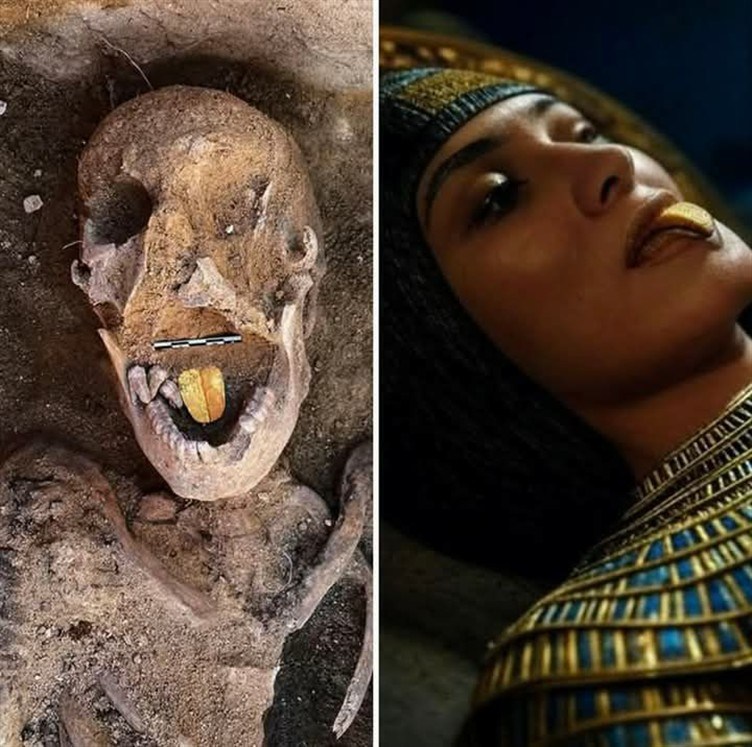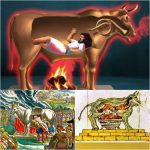Ancient Egypt: Where Mortality Meets Majesty

Ancient Egypt has long captivated historians, archaeologists, and the general public alike. Its civilization, renowned for monumental architecture, intricate rituals, and lavish royal courts, continues to reveal secrets that blur the lines between history and imagination. A recent discovery has sparked renewed fascination: a rare skeletal find in Egypt that may date back centuries, hinting at the ritualistic practices and elite status of its past inhabitants. Remarkably, this skeleton featured a gold tongue, suggesting ceremonial significance and offering a rare glimpse into the intersection of mortality, spirituality, and opulence.
A Window into Ancient Rituals

The skeletal discovery provides invaluable insight into ancient Egyptian customs and beliefs about life, death, and the afterlife. Gold, a symbol of immortality and divine power in Egyptian culture, was often associated with the elite and used in funerary practices. The presence of a gold tongue in this skeleton implies that the individual may have been a high-ranking official or member of royalty, participating in rituals designed to honor the gods and ensure safe passage into the afterlife. Each bone and artifact uncovered paints a vivid picture of the reverence Egyptians had for death, blending spiritual practices with societal hierarchy.
The Cinematic Reimagining of Royalty
On the other end of the spectrum, modern cinematic portrayals of ancient Egypt continue to fuel fascination with this timeless civilization. Films and visual media bring Egyptian royalty to life with gleaming gold adornments, vibrant headdresses, and intricate jewelry, capturing the elegance and power that defined the ruling class. This idealized vision bridges the gap between historical reality and artistic interpretation, allowing contemporary audiences to experience the grandeur and mystique of ancient Egyptian life.
Bridging History and Imagination
The juxtaposition of the real and the imagined—the unearthed skeleton and the cinematic portrayals—creates a compelling dialogue between mortality and majesty. The skeleton reminds us of the raw, human reality of life and death, while the films showcase the splendor, ambition, and artistic achievements that have made ancient Egypt legendary. Together, they highlight a civilization that revered its rulers, honored the dead, and embedded its cultural values in every artifact, tomb, and temple.

This contrast also encourages deeper reflection on how we perceive history. While archaeology uncovers tangible evidence of past lives, art and media shape our understanding of culture, aesthetics, and societal ideals. The gold tongue in the skeleton resonates with cinematic gold crowns and jewelry, connecting a literal symbol of divine power with symbolic representations of royalty on screen.
The Enduring Fascination
Ancient Egypt’s allure lies in its duality: it is both human and divine, mortal and eternal, historical and imagined. From the unearthing of skeletal remains with ceremonial significance to cinematic renderings of pharaohs in all their grandeur, this civilization continues to captivate our imagination. Every discovery, every film, and every depiction invites us to explore the mysteries of Egyptian culture, the rituals surrounding death, and the timeless fascination with opulence and power.
Conclusion
The recent Egyptian skeletal find, with its gold tongue, offers a rare and intimate glimpse into the ceremonial practices of the elite, while modern cinematic portrayals immortalize the beauty and majesty of the civilization. Together, they remind us that ancient Egypt is a place where mortality meets majesty, history meets imagination, and every artifact tells a story that bridges the past with our enduring curiosity.











